Share This
[Check out part 1 of our baking adventure here.] Hello, fellow bakers! It’s time to debrief our baking experiments. There have been failures and successes, which is the baker’s lot. Importantly, lessons were learned and wonderful whole wheat loaves consumed! Here is our final 50% Whole Grain No Knead Bread recipe. There are always more things to test in the world of bread, so please remember to share what you have learned in the comments at the end of this post!
Disclaimers first. J. Kenji López-Alt’s recipe describes a baking method using a sheet pan and metal bowl. In order to bake numerous loaves at a time, and due to a lack of metal bowls, two Dutch ovens were used instead. Both methods effectively create steam in the first phase of the bake, so this change should not make much of a difference here. We also stuck to all-purpose flour instead of bread flour, as it is a more common pantry staple. The higher protein content in bread flour may help gluten development slightly, so go ahead and use that if it is readily available to you! Also, a gram scale was used in order to effectively manipulate ingredient amounts in this recipe. Aside from the above, the instructions were followed verbatim, only changing the factors outlined below.
The goal of this challenge was to create a simple, no-knead loaf with at least 50% whole grain. Two successful loaves were created: 50% whole wheat loaf and a 75% whole wheat loaf. After perseverance, we were rewarded with two springy, enjoyable loaves that would be welcome at any table.
Structure and Hydration
Structure may be the biggest hurdle when increasing whole grain flour amounts in bread baking. In no-knead bread recipes, time and hydration join forces to create gluten bonds in lieu of extensive kneading, giving the bread its structure.
As discussed last month, doughs with significant amounts of whole wheat have a harder time forming the gluten bonds necessary for the structural lift of a light, airy loaf. When adding more whole wheat to J. Kenji López-Alt’s recipe, then, how could we help promote structure? More hands-on ‘no knead’ whole wheat bread recipes call for minimal manipulation of the dough by folding the dough a few times during bulk fermentation (the long first rest) and shaping the dough into a taught loaf before its final proof. The point, however, of J. Kenji López-Alt’s recipe is ease. Folding and shaping does not fit into a ‘set it and forget it’ mentality! Therefore, we relied solely on increasing the hydration of the dough.
Hydration in bread is usually expressed by a percentage of the total flour amount. For example, in the original recipe the hydration is 70% (280g of water/400g of flour). It is important to remember the higher the hydration, the looser the dough. Too much water and we would have batter, which is impossible to handle! For the 50% whole wheat loaf we increased the hydration to 85% (340g water) and increased the hydration up to 91% for the 75% whole wheat loaf (364g water). These doughs were loose, but not so much that handling them was difficult.
The upped hydration seemed to be the right move, as you can see in both loaves below (50% loaf on the left, 75% on the right). The loaf with 50% whole wheat has a more open ‘crumb’, or inside structure than the 75% loaf. Not surprising considering the larger percentage of refined flour. The 75% loaf, however, is no dud! It still sports some surprisingly nice holes and has a very nice chewy spring – not stodgy or too dense. Both were very enjoyable and disappeared from the table in no time!
|
|
|
Fermentation
We discussed in our last post that fermentation speed was something to look out for when increasing whole grain amounts in a recipe. With such a long bulk fermentation, or rest period, J. Kenji López-Alt’s original recipe did not call for very much yeast to begin with. Our first two experiments used the original yeast amount and — to the untrained eye at least – there seemed to be no reason to manipulate the fermentation rate. (See pictures below for the bulk fermentation rise). Try to keep an eye on your dough! Bulk fermentation is usually complete once the dough has doubled in size. If it seems like your dough has more than doubled before the 12 hours is up, make note and shorten the rest time for your next batch.
Once again, here is our 50% Whole Wheat No Knead Bread recipe. Thank you for baking along! Remember that baking with whole grains doesn’t have to be intimidating. Let us know what whole grain baking experiments you would like to see in the comments below! (Abby)

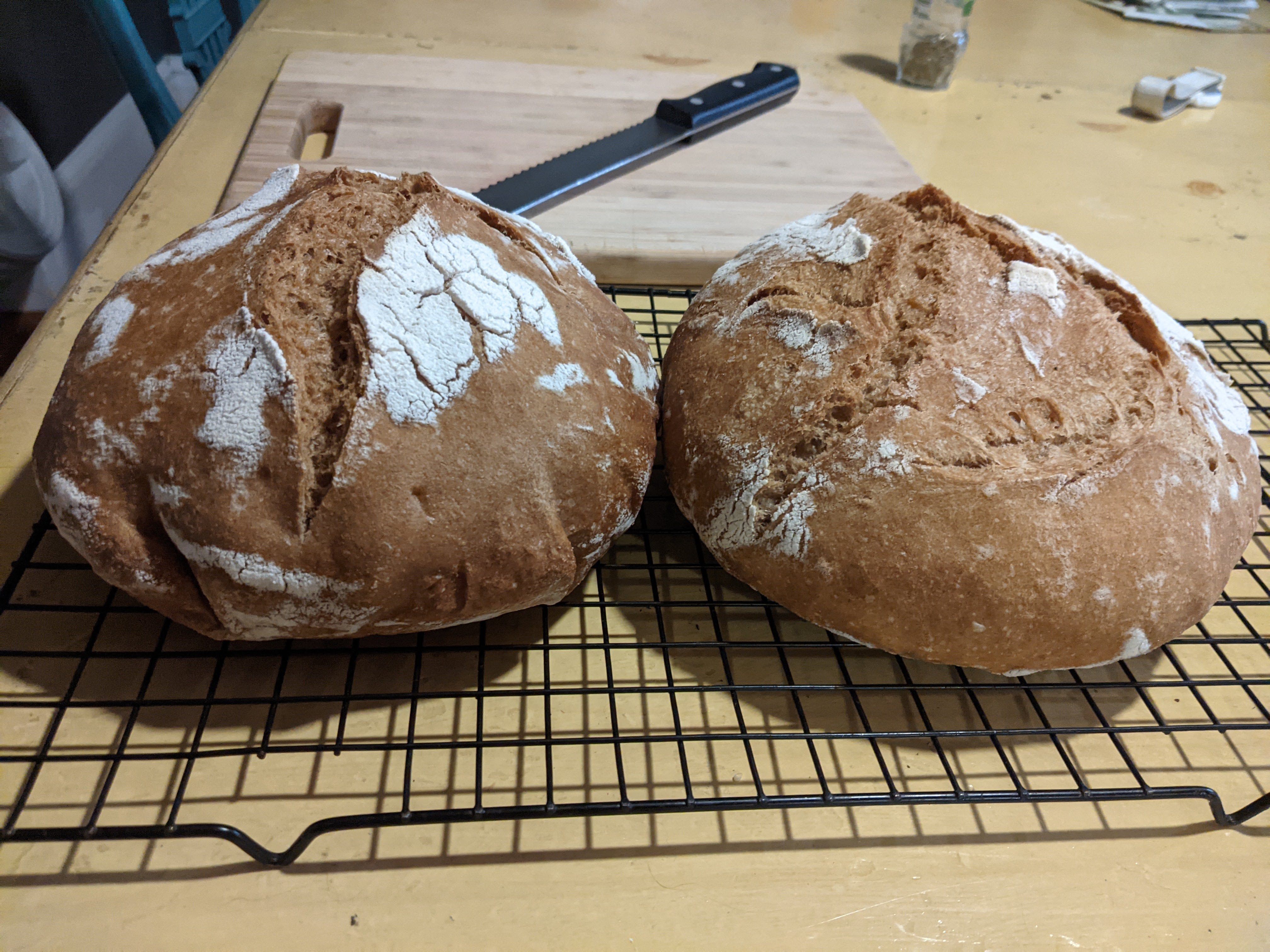
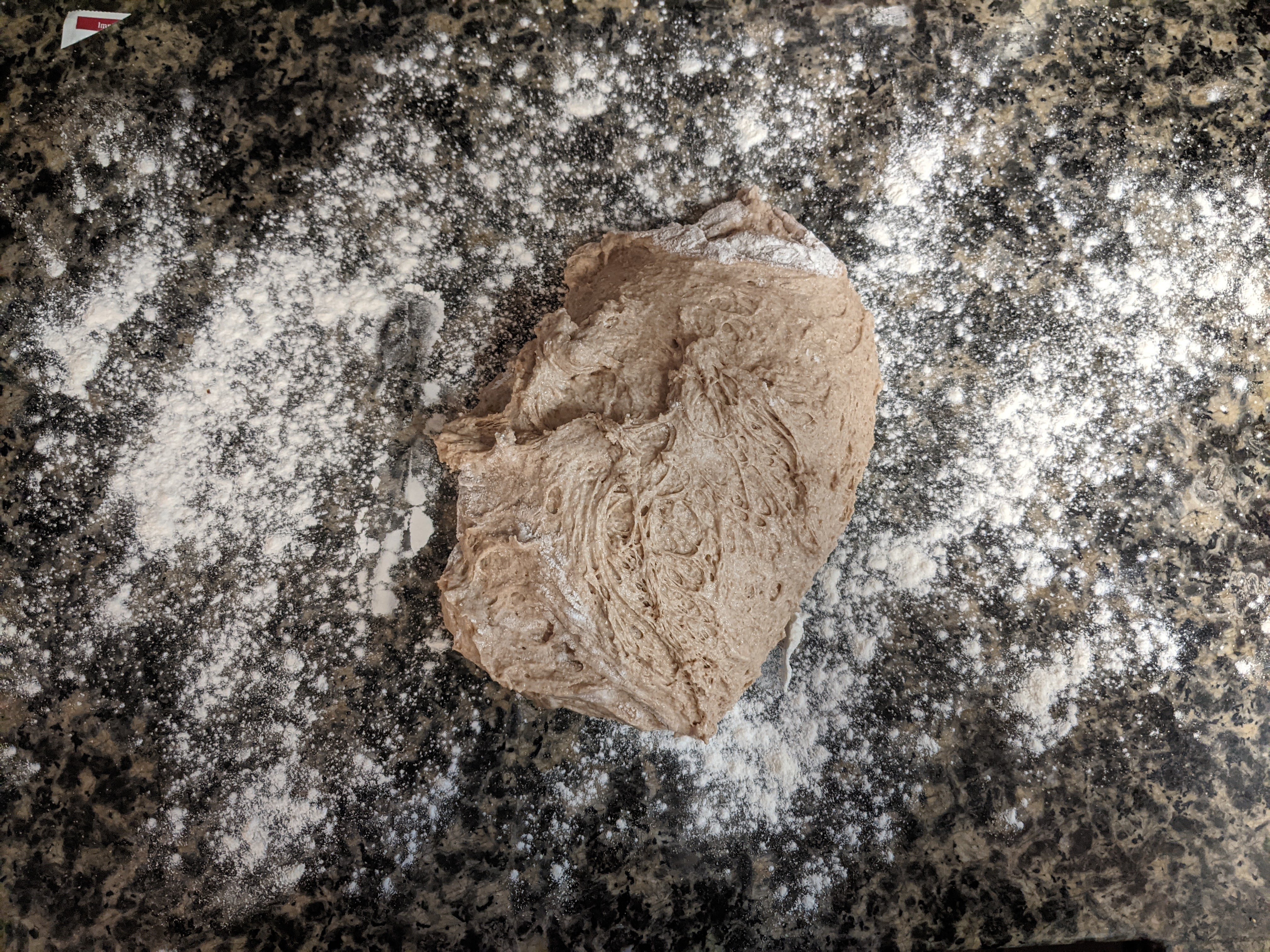
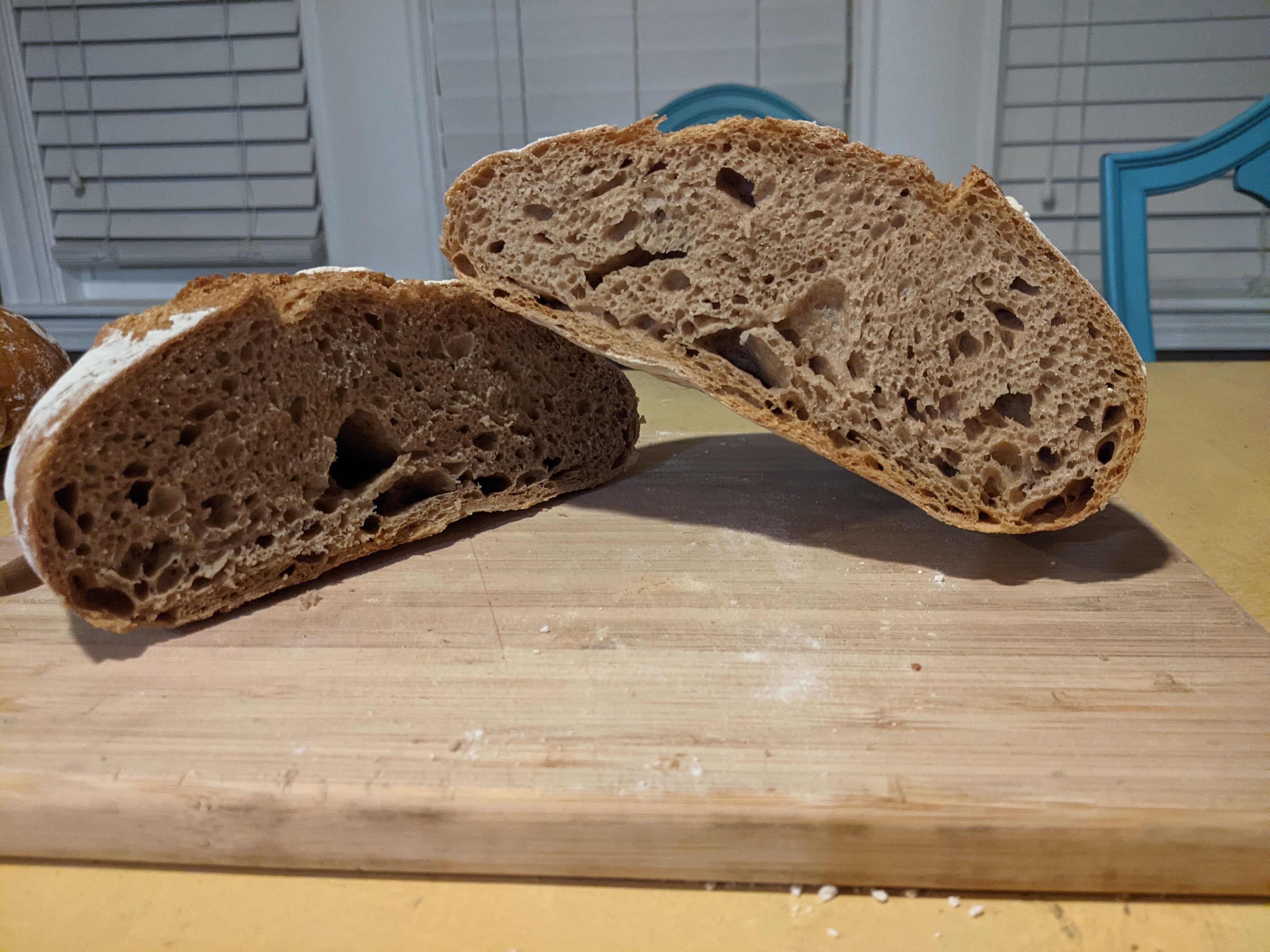
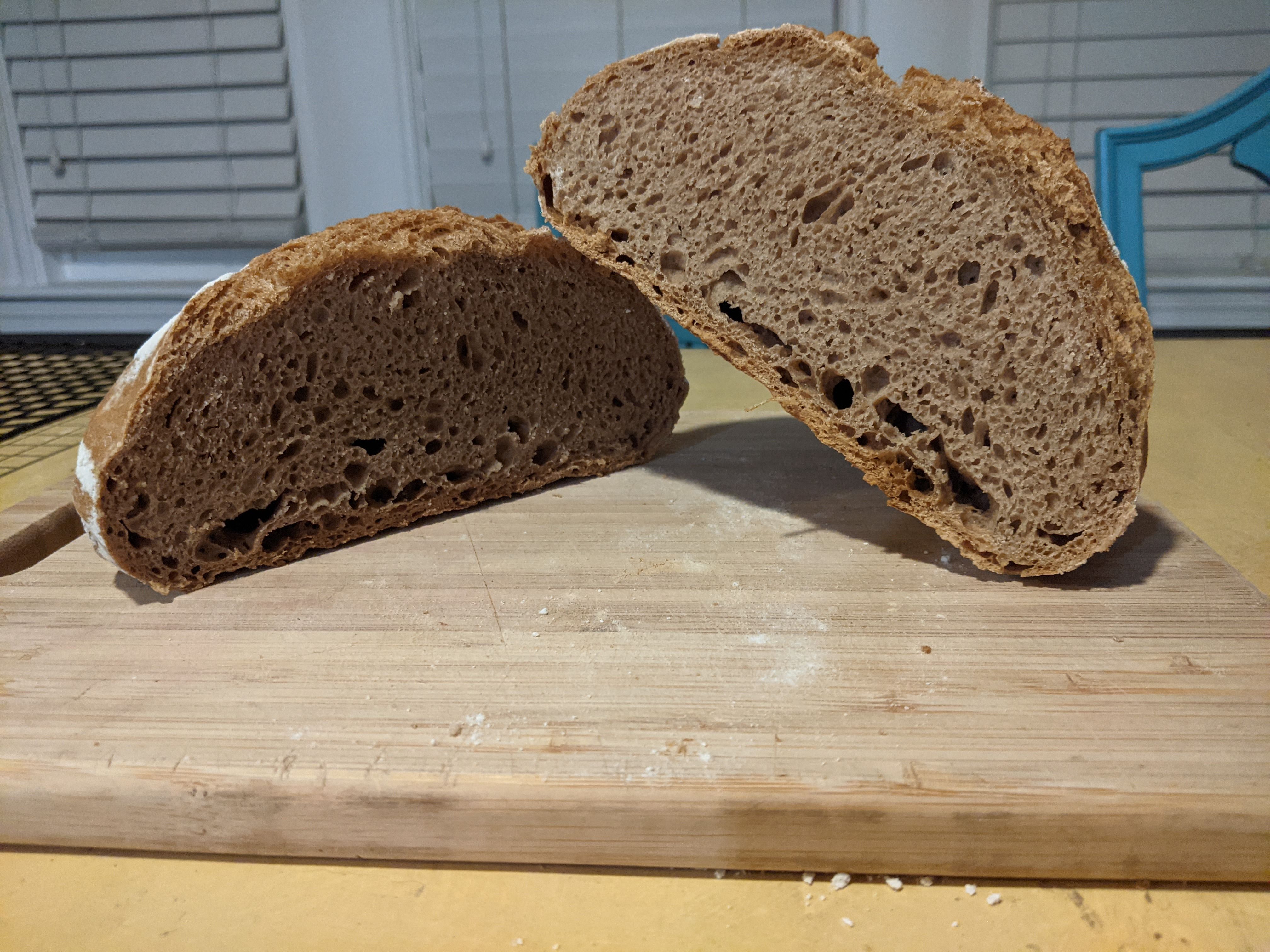
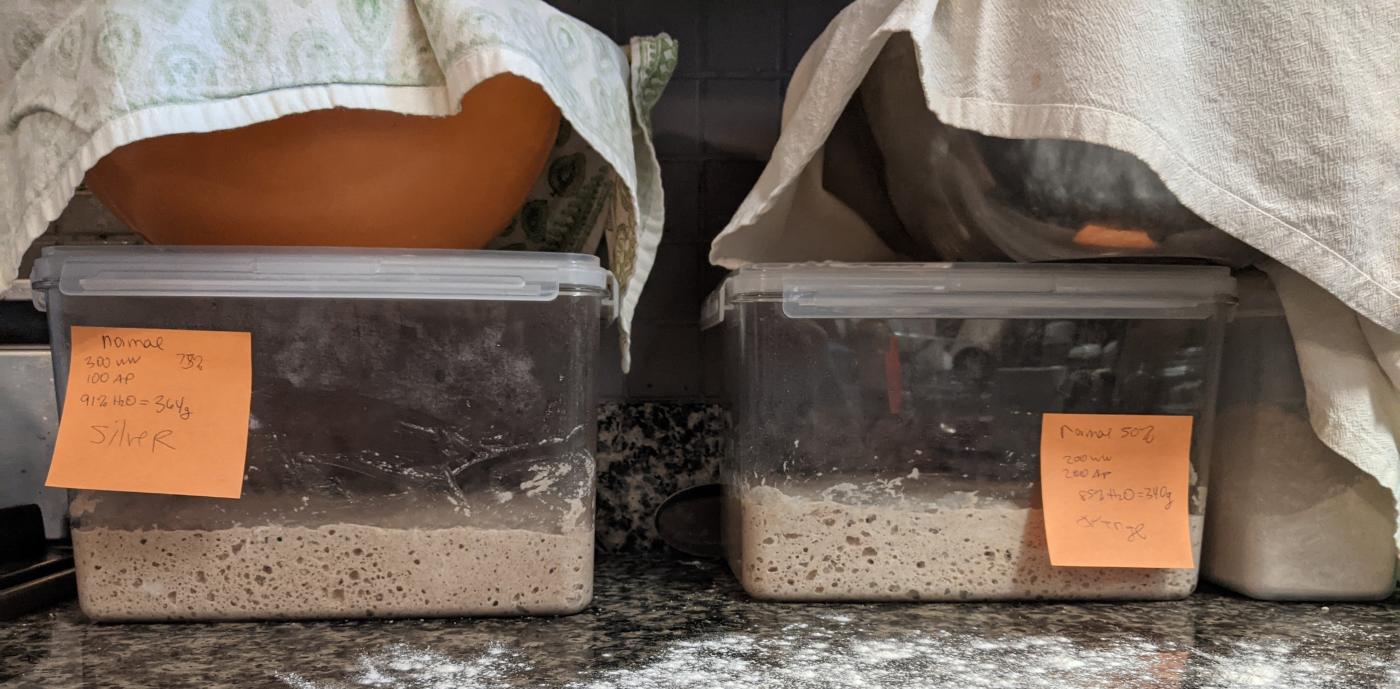
Comments
Add a Comment